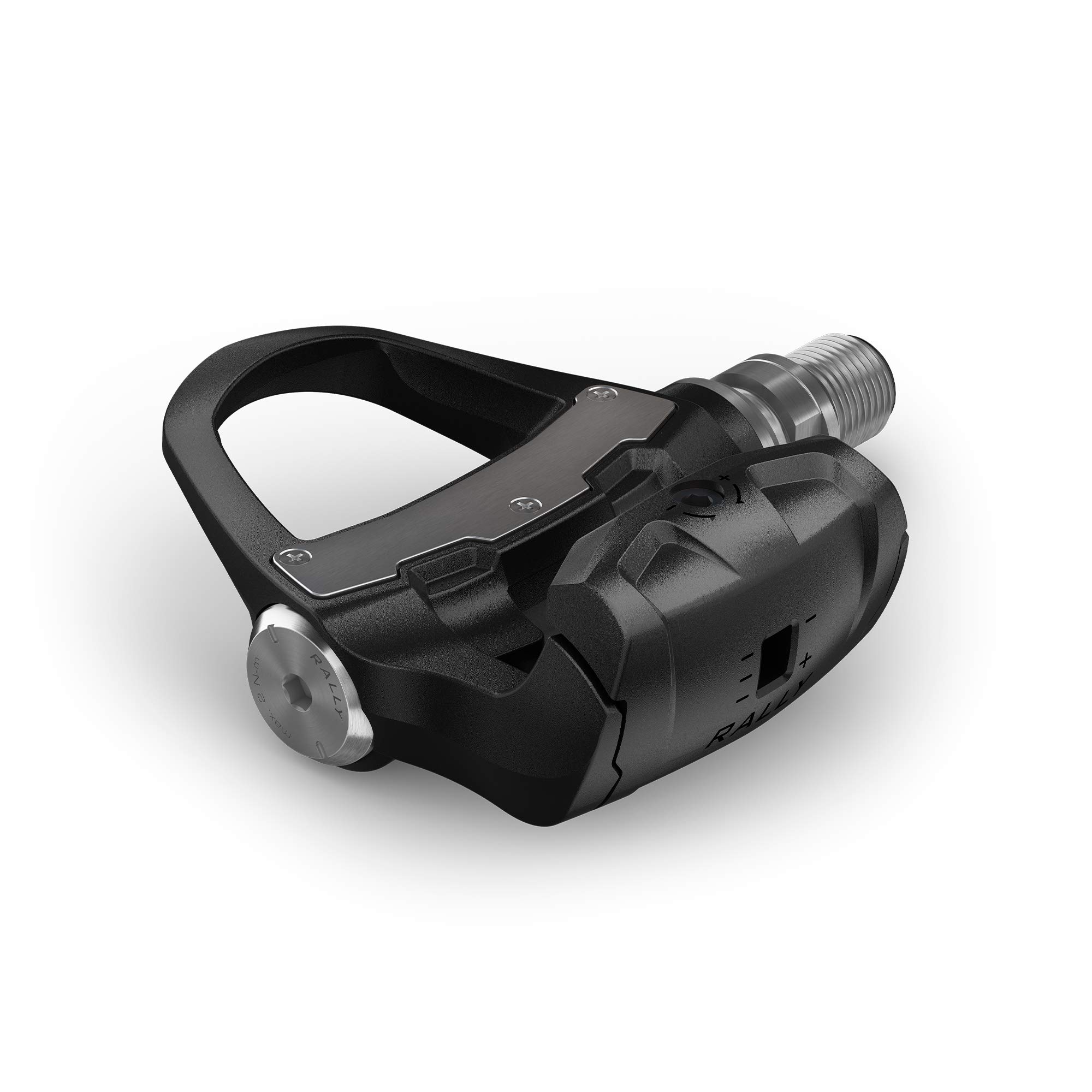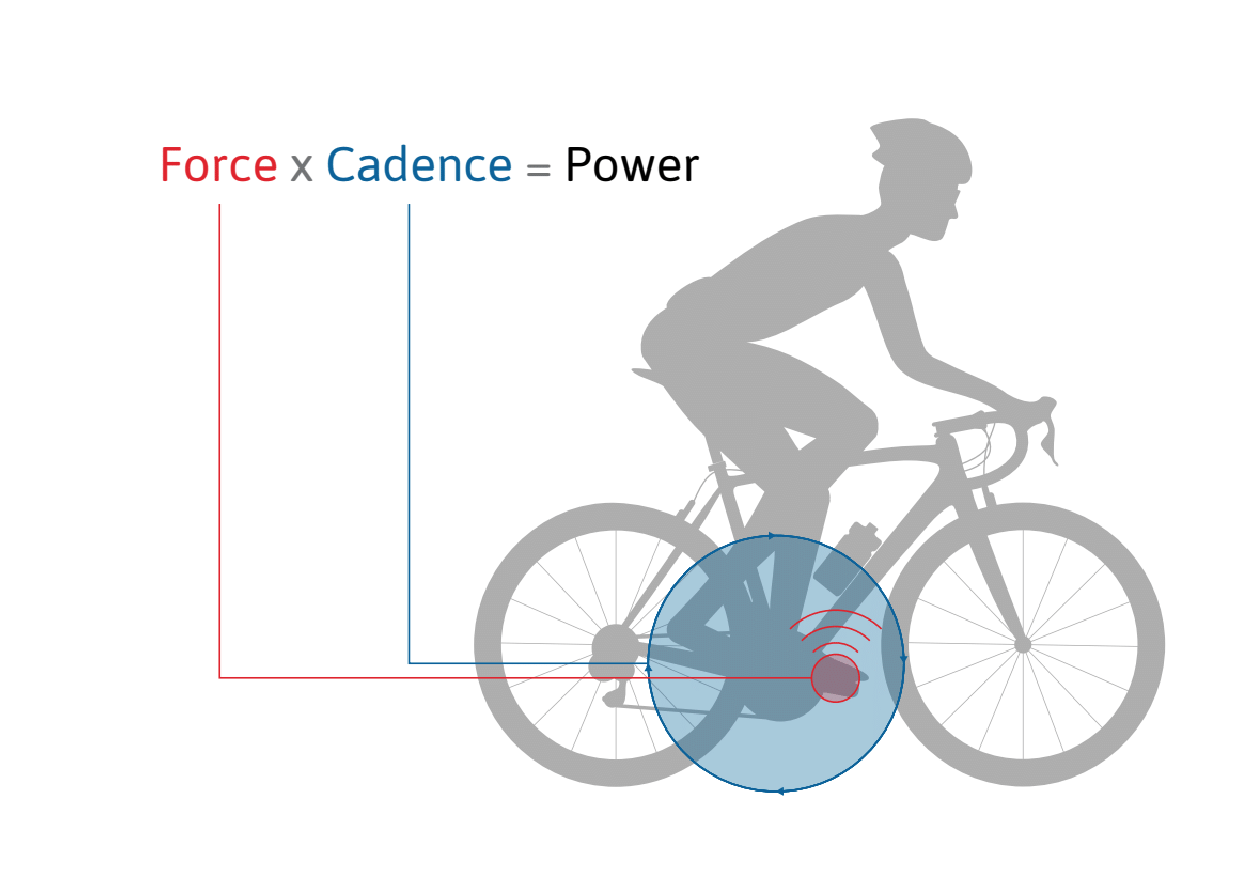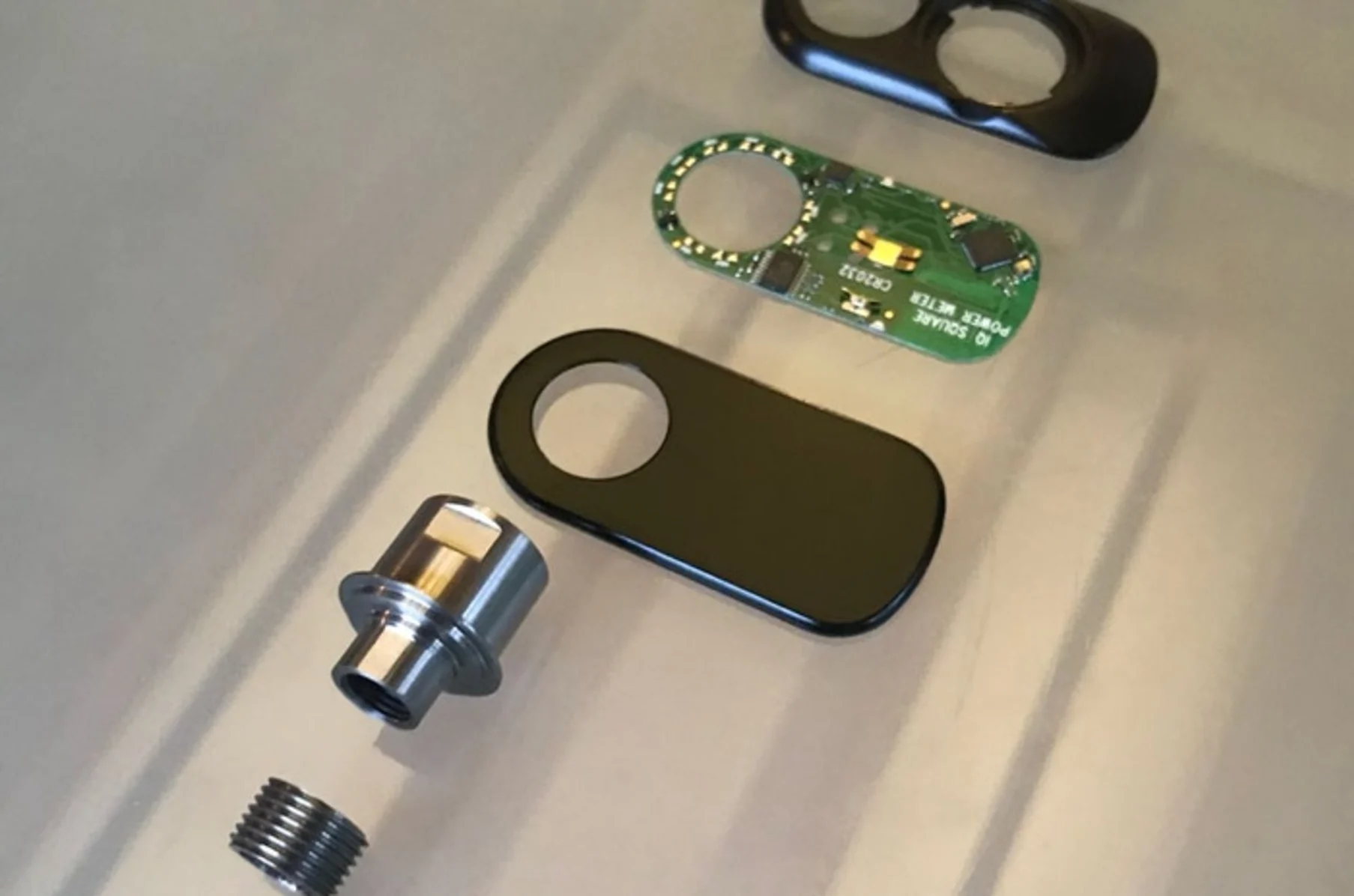A cycling power meter measures a rider’s output in watts using strain gauges, offering real-time performance insights for training optimization.
Introduction to Cycling Power Meters
Cycling power meters have changed how cyclists train, compete, and judge their progress. By measuring the power output of a rider in watts, the devices offer immediate feedback about exerted effort . While other methods assess cyclists’ work based on speed or heart rate, power meters measure the actual amount of work done, making the results more accurate and beneficial for the athletes aiming to optimize their performance.
Concept of Power Measuring in Cycling
Power meters rely on strain gauges, instruments capable of assessing the force applied to a certain bike component such as a crank, pedal, or wheel hub. By knowing how many newtons the cyclist applies to pedal or crank and multiplying this data by their angular speed of spin, power in watts is calculated . The beauty of such devices is their accuracy and immediacy in terms of offering feedback, which allows cyclists to ensure they stay in the training zones of interest.
Types of Cycling Power Meters
There is a variety of types of cycling power meters, and each relies on its benefits. For example, crank-based devices are known for their high accuracy as they measure the power output exactly where the force is applied. Pedal-based systems allow for smooth swapping between bikes, while the wheel hub is known for its reliability and independence of changes to a drivetrain . In terms of different people’s financial capabilities, the prices fluctuate from $400 to over $2,000, meaning that they are accessible to enthusiasts and professional athletes alike.
Benefits of Training with Cycling Power Meters
Training with power meters allows athletes to focus on specific areas they want to improve with extreme precision . Instead of guessing how much power they generate with their pedals in a given moment, cyclists know that an average power of 300 watts or five watts per kilogram of weight will be their optimal pace. This, in turn, means that they are given an advantage in controlling their training intensity, duration, and adequacy of rest, with no stress about planning or setting and achieving goals.

How to Choose the Best Cycling Power Meter
When choosing which cycling power meter to purchase, it is essential to consider several factors such as budgets, compatibility with the bike, and purposes for which it will be used . For these reasons, it is equally essential to learn how different types of power meters work, their peculiarities, and limitations. For an amateur cyclist, it might be even reasonable to seek advice from a professional cycling coach. Once the power meter is purchased, it should be used smartly, meaning that it is not enough just to observe numbers provided on the screen on the time. Usually, power meters are accurate if they are calibrated regularly with the help of a professional, and combined with a good understanding of such concepts as Functional Threshold Power or official training software.
How Power Meters Function
A cycling power meter effectively functions by accurately measuring the force exerted by a rider and converting this into watts of power output. The details below explain the complex mechanics and technology behind power meters and how they are used to become an invaluable device for a cyclist wishing to measure and improve their performance.
Measuring Power: The Science
At its core, a power meter gauges the force applied by a cyclist and the angular velocity of pedaling. They use strain gauges, which are very sensitive instruments capable of measuring the tightest deformations in the attached material. When you pedal, you push on the crank, pedal or wheel hub, depending on the type of power meter. This force creates a tiny deformation within the strain gauge. The power meter measures this deformation, which is directly proportional to the force you are exerting.
The brilliant part is how this data is converted into something useful for the cyclist- the power meter simply takes the force, multiplies it to the radial velocity of the pedaling cycle, and converts this to power, measured in watts . For example, if you are pushing on the pedals with a force of 250 newtons and are turning the cranks so that they are moving at 2 meters per second, your power out would be 500 watts.
Calibration and Accuracy
Of course, first and foremost, power meters must provide accurate data. Most high-quality power meters will report an accuracy of between +/- 1% to 2%. This ensures that the feedback provided to the cyclist is relevant to their performance. Calibration is also essential, as riders must conduct a zero-offset calibration before each ride so that the strain gauges are properly calibrated and influenced neither by temperature nor by transport.
Mechanisms and the Different Types
There are three main types of power meters, which connect to different parts of your bicycle’s anatomy. Furthermore, each has slightly different mechanics for measuring power:

Crank-based power meters measure the force that is applied directly to the crank arms. They are widely considered to be the best type of power meter
Pedal-based power meters measure the force applied directly under the rider’s feet, so to speak, meaning that they connect to the pedals. They are the most convenient for switching between bikes
Wheel hub meters, by contrast, measure the torsional strain as the rear hub of the bike moves forward. They are extremely durable and reliable over time, but less sensitive to short-term changes in power output
Gear and Performance Data
Finally, power meters are also capable of connecting to cycling computers or smartphones via Bluetooth or ANT+, allowing the rider to see their power output in real time. Post-ride metrics can be recorded and tracked to monitor performance over time. Software programs also take this data and provide a structured training regimen.
Types of Power Meters and Their Placement
The world of cycling introduces a spectrum of power meters constructed to cater to individual bike riders’ preferences, bikes, and banknotes. To cover the niche of types and peculiar placements, it is possible to understand the core perceptions that are relevant to different data and locations. From the most certified placements to uncommon but competitive devices, this post elaborates on these specifics timber types and placement options.
Crank-based power meters
This type seems to be the most widely known and favoured placements among bike riders. Crank-based power meters are either installed within the crank arms or the crank spider. As a result, places where the force is engaged and transferred directly to the bike are measured simultaneously. Considering the diversity of models, it is possible to acquire a single-arm reading version to save some cash or purchase a dual-arm device that offers data on both legs. For serious records, this is a balanced model that merges accuracy and rates variability, making it the most popular option.
Pedal-based power meters
This type is fostered by portability and transportation administration. The device is installed on the bike’s pedals so that accumulated force is measured directly above the point. Compared to other types, the advantage of these devices is that they can be moved along other bikes. As a result, it is universally recognised that this type is especially useful for cyclists with several bikes who want to exercise their training across as many categories as possible. Additionally, there are models that can analyse the advanced sequences, such as the balance of the left and right feet or increase the effectiveness and the exact body position .
Wheel hub power meters
Wheel hub power meters are instruments located on the rear hub of the wheel and sense the entire torque applied to a rolling bicycle wheel. They are less susceptible to the danger of muddy or rainy residue and are a useful option for athletes who practise outdoor sports, regardless of the broad-spectrum climate specifications.
Bottom bracket power meters
These devices measure the rate of power going through the bike framework and are mounted on the bike’s power bottom bracket. Seated low on the bike frame, this type of power meter is not common due to its complexity, installation, and incompatibility. While it seems that on the market, a device of this kind promises to give users a sleek and well-designed choice with fewer contact points.
Chainring power meters
Last but not least, a chainring power meter is a device mounted on front chainrings that provide readings by sensing the amount of strain on the chainrings directed at the force primarily through the process of pedalling. The type is recognized for its straightforward approach and provides more accurate measurements for some of the most robust drivers, inspiring a relentless focus on every watt.
Compatibility and Installation Considerations
The choice of the right power meter is not limited to choosing the type or brand, but it also should be considered in terms of bike compatibility and installation. Such knowledge will allow a cyclist to ensure that their investment improves their training rather than creating previously unknown issues. This chapter provides a detailed examination of the necessary considerations all cyclists should make when integrating a power meter into their current setup.

Bike Frame Compatibility
The first concern in the list of considerations is the bike’s frame. Not all power meters are suitable for all bikes due to aspects of design, size, and technology. For example, the crankclearance for crank-based devices as well as the length of the bottom bracket axis should be measured or explained by a professional to ensure the absence of compatibility issues . Similarly, the bottom bracket should perfectly suit the frame’s shell type and width . Thus, the initial consideration is finding a power meter that will fit a bike’s frame.
Drivetrain Integration
After finding a suitable meter, the cranks and the chainrings should also match this device, and the pedal threads should also correspond to the given expectations . However, this aspect is less challenging if pedals are chosen as they are the most versatile among all meters . At the same time, crank and chainring meters are known for the requirement to invest in a chainset and the completion . In addition, cyclists are expected to ensure that the bolt circle diameters match .
Installation Process
The difficulty and the hassle of installation differ considerably across the types of systems. For example, pedals are considered “the most user- and travel-friendly of the options” due to the ability to plug and play . The other two take a longer time due to the need to exert a proper amount of torque and understand the system to ensure that the compatibility is present . The best guide in this aspect is a manufacturer’s instruction, and if a cyclist is interested in top quality, it is better to ask a professional to do the installation.
Calibration and Setup
After installation and before use, it is also crucial to ensure that the power meter is correctly calibrated. It can be done with the help of a special system and a manual that usually comes with the device . Subsequently, a cyclist should also remember to regularly recalibrate the meter and possibly even before every ride after they take the bike with them, get in an accident, or perform maintenance.





